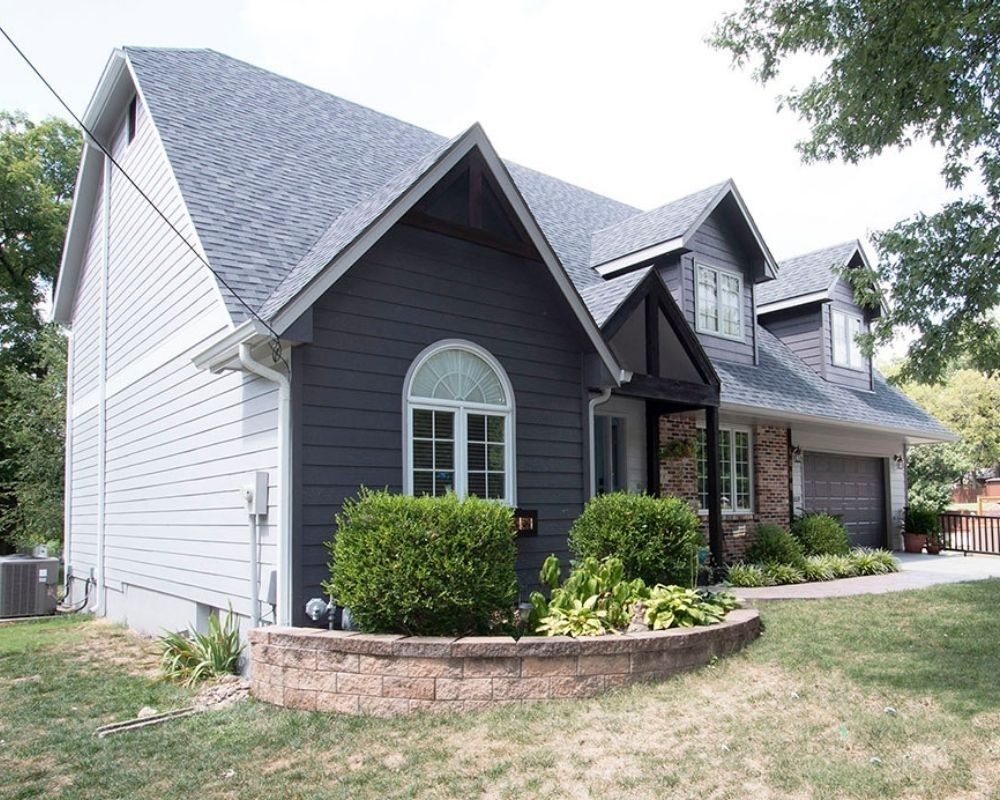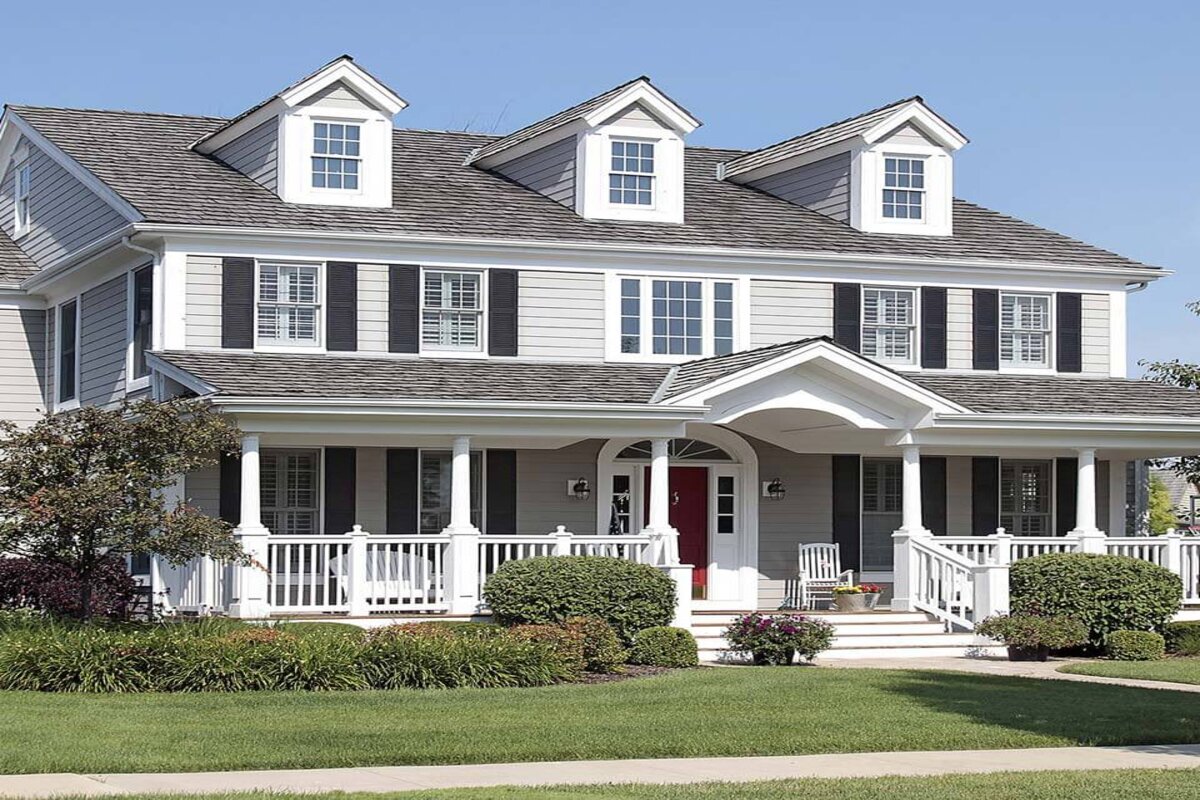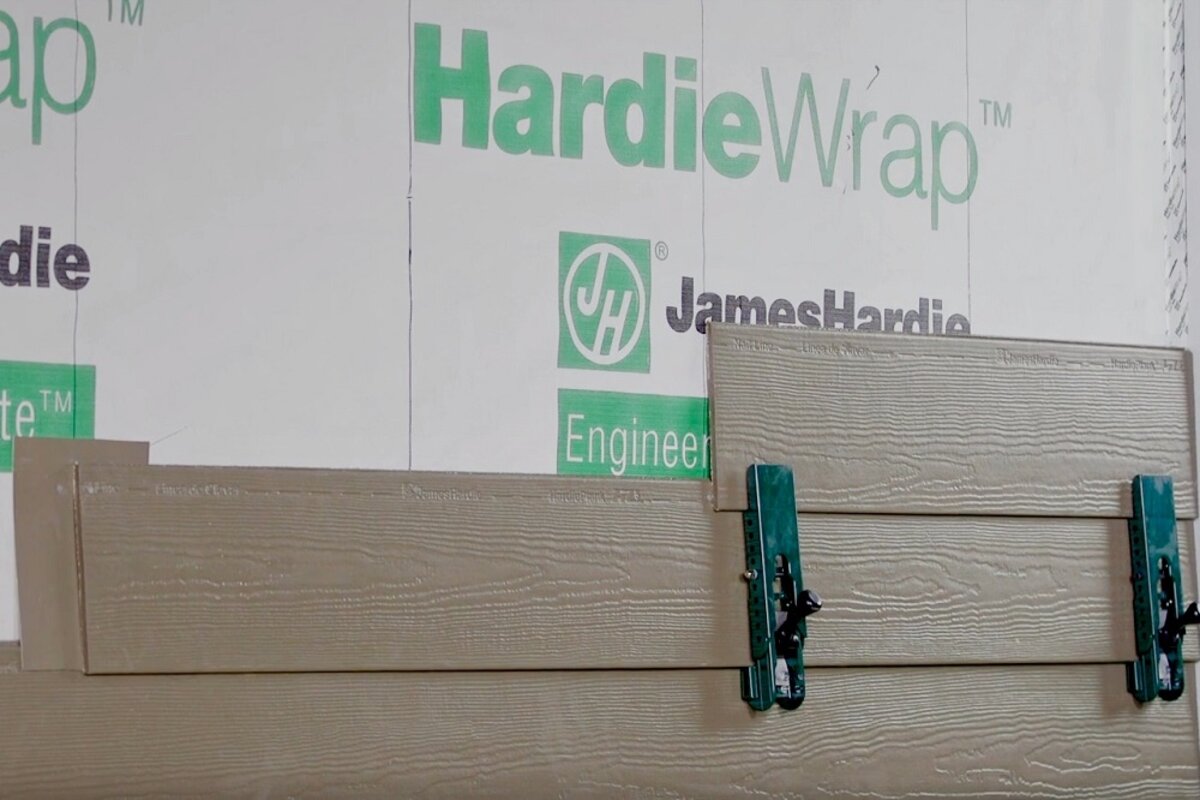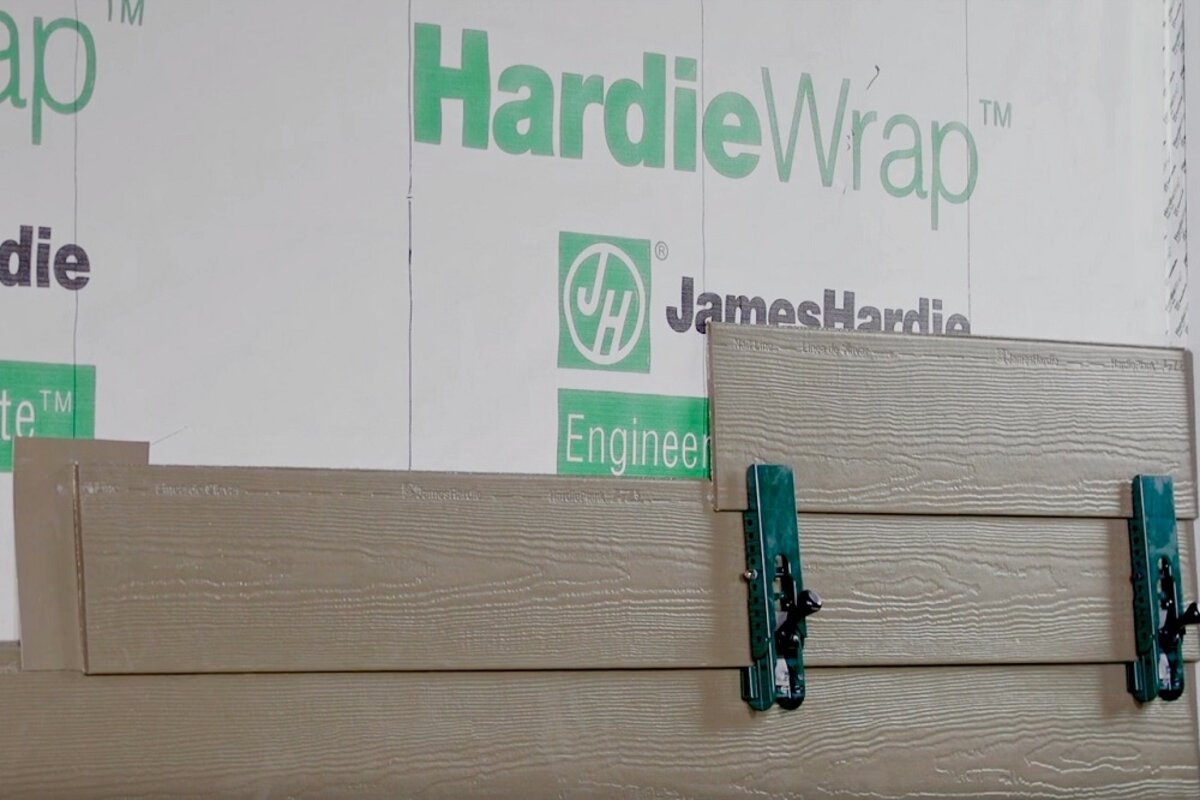Upgrading your windows is one of the most effective ways to boost home comfort and reduce monthly energy costs. At Fairway Exteriors, we’ve helped homeowners replace outdated, inefficient windows with modern solutions that offer better insulation, minimize air leaks, and reduce strain on HVAC systems. Many of our customers report energy savings of up to 25–30% after making the switch. So if you’re looking for a smart upgrade that delivers long-term value, new windows are a strong investment.
The Technology Behind Energy-Efficient Windows
Advancements in Window Manufacturing
One of the key reasons why new windows can lower energy costs is the rapid advancement in window technology over the past decade. Today, manufacturers are constantly improving their products to make them more airtight and watertight. Even brands that we may not always recommend have made impressive strides in enhancing the durability and efficiency of their windows. These improvements mean better insulation, which directly translates to lower heating and cooling costs for homeowners.
Why Fiberglass Windows Are a Game-Changer
In recent years, fiberglass windows have become increasingly popular among our customers. Here’s why:
- Durability: Fiberglass windows are more durable than traditional vinyl or wood options, meaning they can last 30 to 40 years with minimal maintenance.
- Energy Efficiency: Thanks to their superior insulation properties, fiberglass windows help maintain indoor temperatures and reduce energy consumption.
- Low Maintenance: Unlike wood windows, fiberglass requires no regular upkeep, and unlike vinyl, it offers better long-term performance.
Ten years ago, fiberglass windows were a niche product. Now, they are a leading choice for homeowners looking to combine style, efficiency, and longevity.
The Role of Advanced Glass in Energy Savings
Glass technology has also made huge leaps in recent years, and it plays a significant role in how windows impact energy costs. Modern windows often feature double or even triple glazing, with inert gases like argon or krypton sealed between the panes to improve insulation. Additionally, many energy-efficient windows now come with low-emissivity (Low-E) coatings that reflect heat back into the home during winter and keep it out during summer.
When choosing new windows, we always recommend paying attention to the U-factor—a measure of how well a window insulates. The lower the U-factor, the better the window is at preventing heat transfer. For example, windows with a U-factor between 0.18 and 0.30 typically meet Energy Star standards and qualify for federal tax credits.
How Much Can You Save with New Windows?
Many homeowners who work with us report energy savings of up to 25-30% after replacing their old windows. While we avoid making specific guarantees about exact savings, the feedback we receive is consistent—new windows make a noticeable difference. Of course, the actual savings will depend on several factors, such as:
- The current condition of your home’s insulation
- The type of siding and doors you have
- The overall energy efficiency of your roof and other elements
Although windows are just one part of the equation, upgrading them is a crucial step in creating an energy-efficient home.
Benefits Beyond Energy Savings
Increased Comfort
Beyond just lowering energy costs, new windows significantly improve the comfort of your home. Older windows, especially single-pane or poorly sealed ones, allow cold air to seep in during the winter and let cool air escape in the summer. By replacing these outdated windows, you can eliminate drafts and enjoy a consistent indoor temperature year-round.
Noise Reduction
Another often-overlooked benefit of new windows is improved noise insulation. High-quality windows with multiple panes of glass and insulated frames can block out much of the external noise, making your home quieter and more peaceful.
Enhanced Curb Appeal and Home Value
Replacing your windows can give your home a fresh, modern look while also increasing its resale value. Prospective buyers often see energy-efficient windows as a significant bonus, making your property more attractive in the market.
What to Consider When Choosing New Windows
Energy Efficiency Ratings
As mentioned earlier, the U-factor is an essential metric to consider when selecting new windows. Additionally, look for windows that meet Energy Star requirements. While high-end energy-efficient windows may cost more upfront, they can offer rebates, such as a $600 tax credit, which helps offset the initial investment.
Cost and Brands
It’s important to weigh the cost and brand reputation when choosing windows. Some brands may be more expensive than others, but they often provide better long-term performance. We always help our clients find the best balance between cost and quality.
Professional Installation
Even the best windows won’t perform well if they’re not installed correctly. That’s why we emphasize professional installation. Our team ensures that your windows are fitted properly to prevent air leaks and maximize energy efficiency.
In Summary
New windows can lower energy costs, improve home comfort, and even increase your property’s value. With advancements in window technology, including better frame materials and more efficient glass, homeowners have more options than ever to enhance their homes.
If you’re ready to reduce your energy bills and upgrade your windows, contact us at Fairway Exteriors. We’re here to help you choose the best windows for your home and ensure they’re installed correctly for maximum benefit.








